Question I have just started a new fish tank. it holds 15 gallons and it is currently hosting 4 mollys, 4 tetras, and one pleco. I have had alot of problems with it. My fish went on a dieing spree, the petstore told me that i didnt change to water enough. So i fixd up the tank with what it now houses including a sand bottom and drift wood. everything looks ok, but they have only been in there a few hours. so i tested my water and it said that my water had a hardness of around 200, alkalinity around 720(or more since that is as high as it can read), and a pH around 9.this worried me so i tested or water strate from the tap and that was about what it was. It worries me because that seems to be much higher than my pleco would like even though i know that messing with pH is about the worst thing you can do if you dont know what your doing. I just wondered is there was some simple things that i could do to lower these numbers? I also wanted to know if it would be a good idea to add a plant to my tank for my pleco or water conditions? And if i may go on, what would be a good diet for my pleco? also, how should i go about cleaning my sand with out totaly upsetting my fish?
Thanks for your time!
AnswerHi Katherin,
Your fish are dying from ammonia poisoning. This is the #1 beginner's mistake. Don't worry, millions of people make this same mistake...
Fish constantly produce waste, and waste decomposes into ammonia. This ammonia is very toxic to the fish, and will kill them. Well, nature has a solution, as always. Bacteria will start to develop in your tank, and the bacteria will remove any toxic chemicals from the water. However this process takes time, and if you add too many fish at a time, then the toxic ammonia levels will become too high for the bacteria to develop fast enough. The process of developing beneficial bacteria is referred to as 'the cycling process'.
In the first month of owning fish, change 20% of the water every 2-3 days, to reduce the toxic chemicals.
You probably added too many fish at a time, and the bacteria had no time to develop to adjust to the new 'biological load'. Always add ONLY 2-3 fish at a time, to allow the bacteria to 'catch up' to the new bio-load. If you add too many fish at a time, they will all die due to ammonia poisoning.
Also, if you use tap water, you must use a chemical to remove the chlorine from it. These water conditioners are available at your local fish store, such as Aqua Plus or Aquasafe.
See this for more info:
http://www.worldcichlids.com/faqs/cycling.html
The pH is the most important out of those three numbers. Your pH is rather high. Unfortunately, there's no 'easy' way out. I'd treat the water with a chemical that lowers your pH, but add the chemical to NEW WATER that you WILL put into the tank, not the EXISTING water in your tank, to prevent any accidents. You can monitor with your test kit, how many drops it takes to lower the pH to the desired level (about 7), and then, you can make a note of how many drops for next time.
Adding a live plant would be excellent for your water quality. I'd recommend the following species (hardy and easily cared for)
-Java Fern
-Wisteria
-Hygrophila Polysperma (Hygro)
-Java Moss
-Valisneria
A good diet for your Pleco would be algae wafers (available at your fish store), and fresh veggies from the supermarket, like cucumbers, zucchini, etc. Leave the veggies in for about 3 days.
You can clean the sand with a gravel vacuum (available at your local fish store.) Your fish won't be too upset, and it's the easiest way to clean the substrate. (Well, the fish will obviously be stressed, but not too much. It's impossible to clean the sand/gravel without 'upsetting' the fish).
Good Luck, and Happy Fishkeeping!

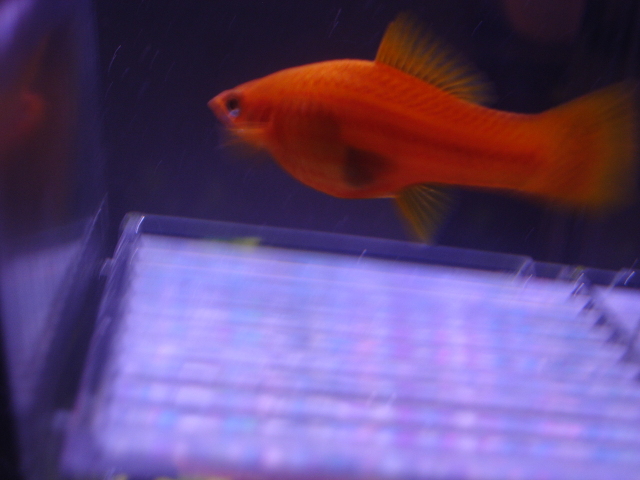 When will she give birth?
Questionpic 1
QUESTION: Hi,
I have a community
When will she give birth?
Questionpic 1
QUESTION: Hi,
I have a community
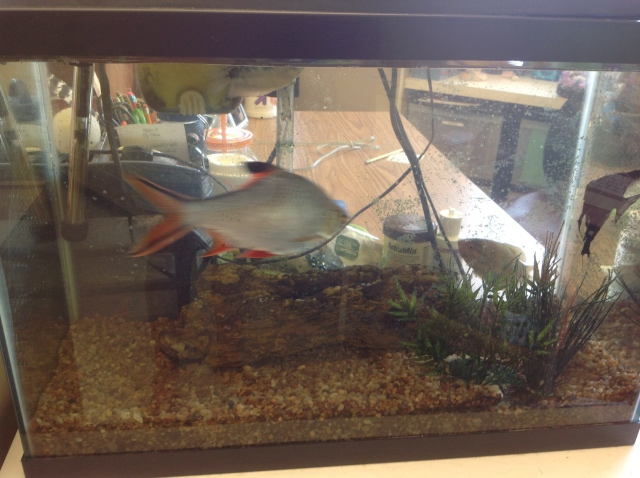 Fresh Water Fish
Question
My Fish Tank
Hi Elizabeth,
I would rea
Fresh Water Fish
Question
My Fish Tank
Hi Elizabeth,
I would rea
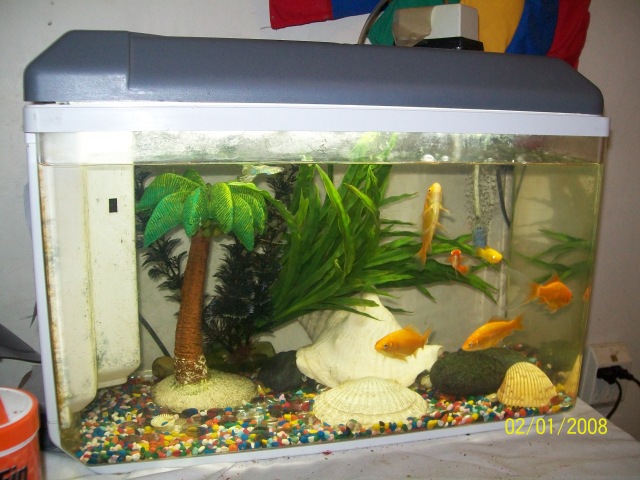 Whats a water hyacinth
Question
Whole tank
Renee, you answered my last questio
Whats a water hyacinth
Question
Whole tank
Renee, you answered my last questio
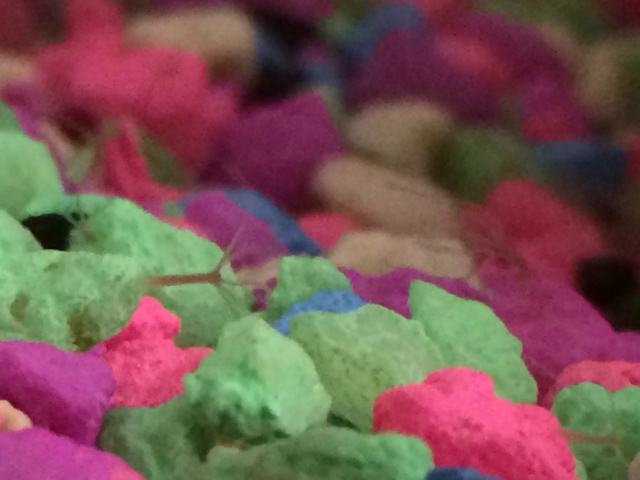 Whats in my tank?!?
Question
Squirming thing Squirming thing
T
Whats in my tank?!?
Question
Squirming thing Squirming thing
T
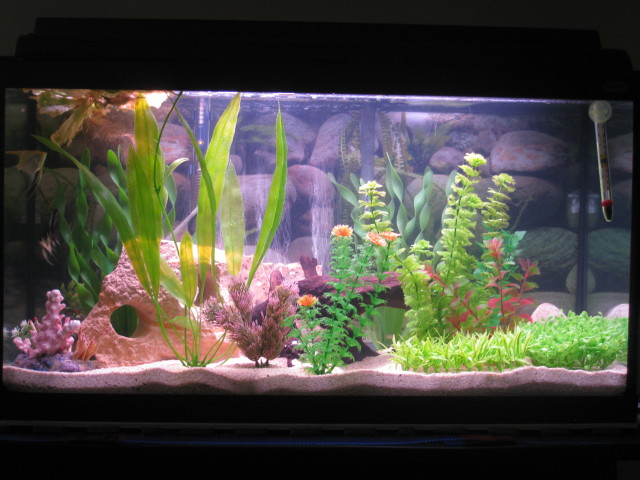 new aquarium
Question29 pic
QUESTION: does my aquarium look g
new aquarium
Question29 pic
QUESTION: does my aquarium look g